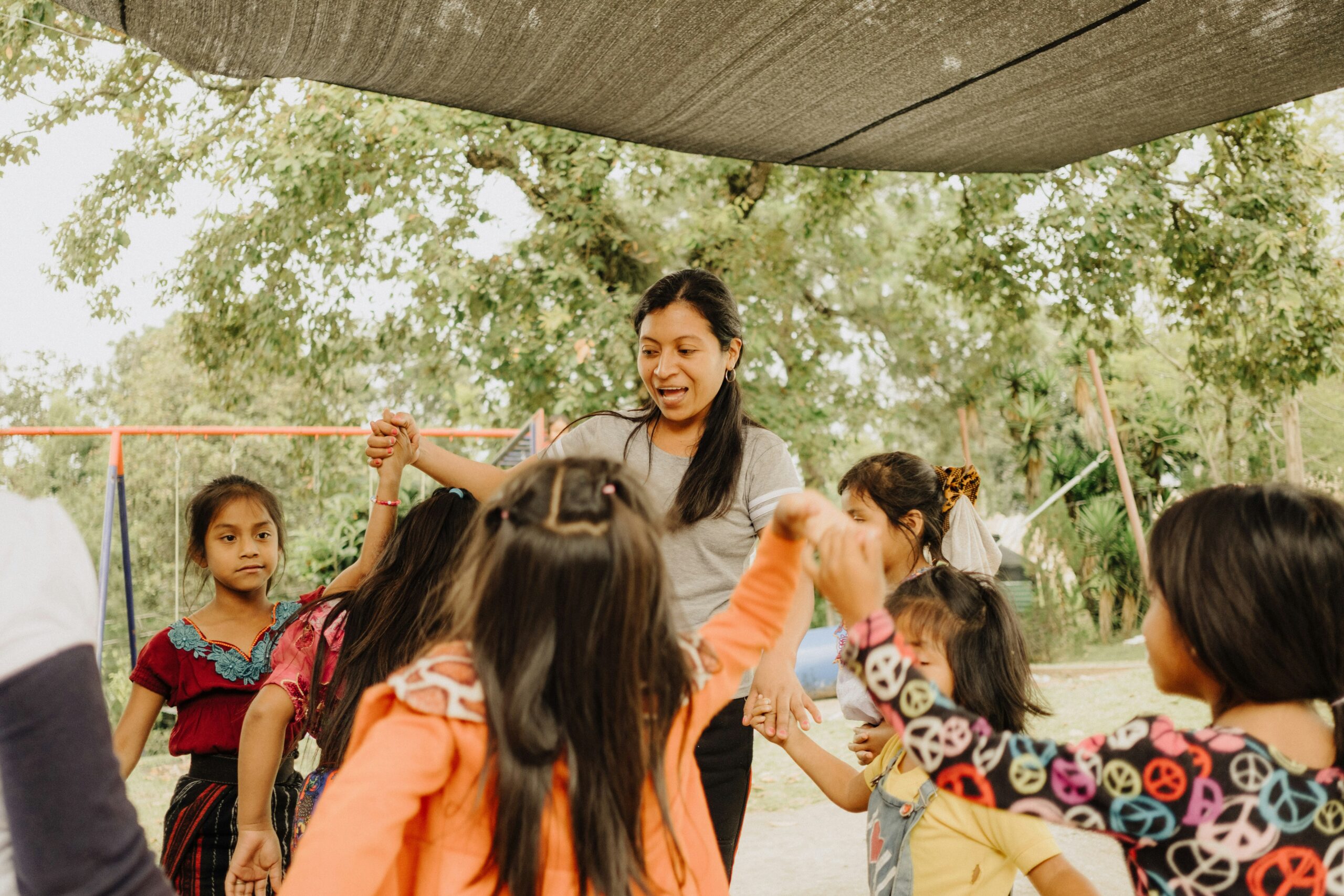Innovative Approaches to Philanthropy in the 21st Century
The Changing Landscape of Giving
In the 21st century, the concept of giving back has undergone a significant transformation, influenced by technological advancements, cultural shifts, and changing societal needs. Traditional forms of philanthropy, which often involve wealthy individuals or organizations making large donations to established charities, are being supplemented and, in some cases, replaced by innovative approaches that are more inclusive, engaging, and effective. Understanding these novel methods can provide insight into how generosity is evolving in our modern world.
Technology as a Catalyst for Change
One of the most notable developments in contemporary philanthropy is the role of technology. Digital platforms have made it easier than ever for individuals to contribute to causes they care about. Crowdfunding websites, such as GoFundMe and Kickstarter, enable grassroots fundraising efforts, allowing people to support projects directly. This democratization of giving empowers individuals, allowing them to engage in philanthropy without needing significant financial resources.
Social media also plays a vital role in this transformation. Platforms like Facebook and Instagram have become crucial tools for raising awareness and mobilizing support for various causes. Viral campaigns can spread quickly, reaching a global audience and inspiring action. This trend has led to a new breed of fundraising, where the collective efforts of many small donors can have an immense impact, often surpassing that of traditional large-scale donations.
The Rise of Social Enterprises
Another innovative approach to philanthropy is the emergence of social enterprises. These organizations operate with the dual goal of achieving a social mission while generating revenue through business activities. This model not only addresses social issues but also creates sustainable solutions by relying on market forces rather than solely on donations and grants.
Social enterprises often provide goods and services that improve lives while also reinvesting profits back into their mission. For example, companies like TOMS Shoes have pioneered the “one for one” model, where for every pair of shoes sold, a pair is donated to someone in need. This approach not only addresses poverty but also creates a sense of consumer participation in philanthropy, as customers feel that their purchases are making a difference.
Impact Investing: A New Way to Give
Impact investing represents another innovative approach that is gaining traction in the realm of philanthropy. This strategy involves investing in businesses or funds that generate social or environmental benefits alongside a financial return. Investors are increasingly seeking opportunities that align with their values, pushing the market towards more responsible and sustainable practices.
Impact investing allows philanthropists to engage in a more hands-on approach, influencing business practices while still contributing to positive change. By focusing on measurable outcomes, investors can assess the impact of their contributions, ensuring that their money is making a tangible difference. This method fosters accountability and encourages businesses to prioritize social good alongside profitability.
Community-Centric Models
As the understanding of social issues deepens, there is a growing emphasis on community-centric models in philanthropy. This approach involves actively involving the communities affected by social issues in the decision-making process regarding funding and resource allocation. Instead of imposing external solutions, philanthropists are recognizing the importance of local knowledge and expertise.
Community foundations and participatory grantmaking initiatives exemplify this shift. These models prioritize the voices and needs of local residents, ensuring that funding is directed toward initiatives that truly reflect the community’s priorities. By fostering collaboration and dialogue, these approaches not only empower individuals but also build trust and strengthen community bonds.
Experiential Philanthropy
Another trend reshaping generosity in the 21st century is experiential philanthropy, where donors are encouraged to engage directly with the causes they support. This approach allows individuals to gain a deeper understanding of the challenges faced by communities and the impact of their contributions. Experiences such as volunteering, site visits, or immersive programs enable donors to witness firsthand the change their generosity can bring.
Experiential philanthropy fosters a sense of connection and commitment, encouraging donors to become advocates for the causes they support. This deepened engagement can lead to increased giving and sustained involvement, as individuals become more invested in the organizations and communities they serve.
The Role of Education and Awareness
Education and awareness are crucial components of modern philanthropy. As the landscape of giving evolves, so does the need for informed donors who understand the social issues they are addressing. Organizations are increasingly focusing on educating potential donors about the challenges and opportunities within their communities.
Workshops, seminars, and online resources are being developed to equip individuals with the knowledge needed to make informed decisions about their charitable contributions. By fostering a culture of informed giving, philanthropists can ensure that their efforts are impactful and aligned with their values.
Harnessing the Power of Collaboration
Collaborative philanthropy is an emerging trend that emphasizes partnerships among different stakeholders, including non-profits, businesses, and government agencies. With the complexity of social issues, collaboration allows for a more comprehensive approach to problem-solving. Organizations such as Arnold Ventures often participate in multi-sector initiatives aimed at addressing systemic challenges through coordinated efforts. By pooling resources and expertise, organizations can maximize their impact and reach a broader audience. Collaborative initiatives can take various forms, from joint funding efforts to shared research and advocacy campaigns. This collective approach not only enhances the effectiveness of philanthropic efforts but also fosters a sense of community among participants.
In summary, the 21st century is witnessing a revolution in generosity, characterized by innovative approaches to giving that harness technology, community engagement, and collaborative efforts. As traditional philanthropy evolves, these new methods are not only transforming how individuals and organizations contribute but also reshaping the very fabric of society. Embracing these changes will be crucial in addressing the pressing challenges of our time and fostering a culture of generosity that is responsive, inclusive, and impactful.

